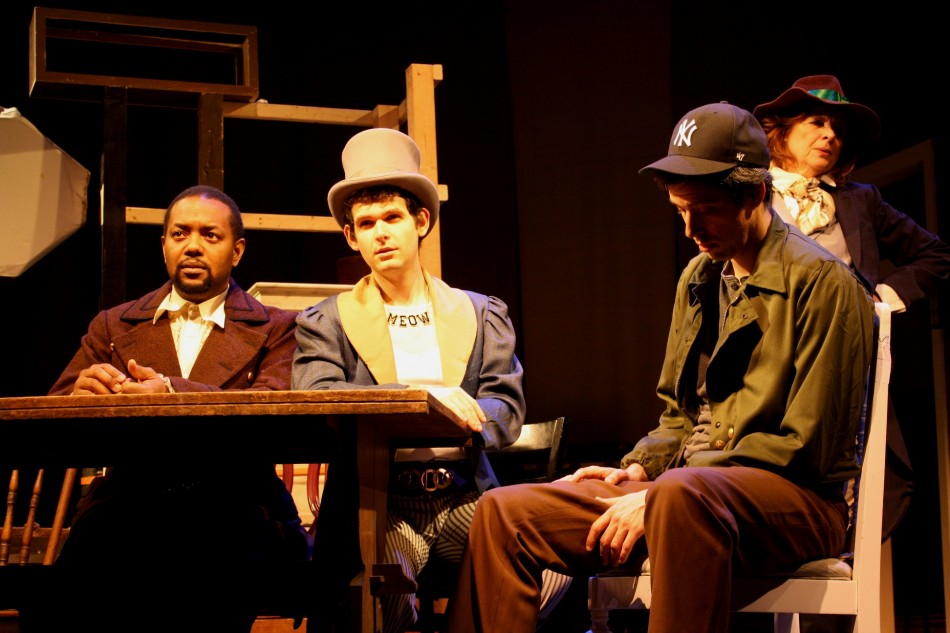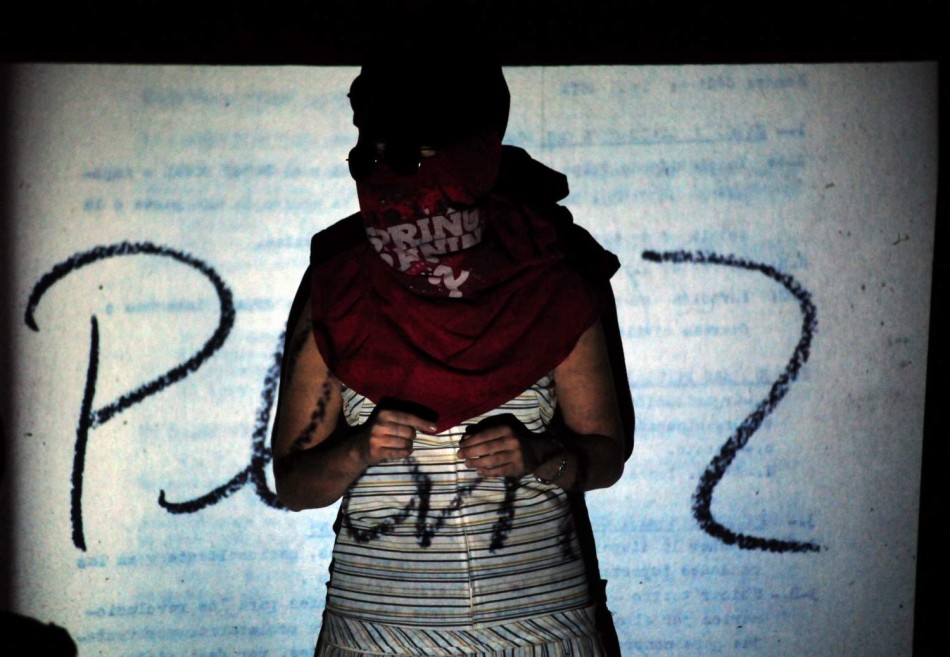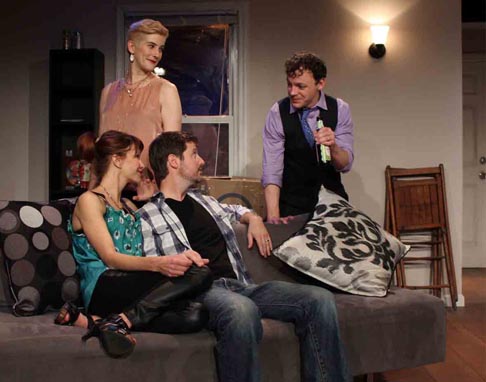by: JK Clarke
One of the most rewarding benefits of being a theater reviewer whose primary focus is the plays of William Shakespeare, is the opportunity to see innumerable productions of the same play in a condensed period. The education and enlightenment obtained by seeing such a vast array of interpretations of the same work is immeasurable. But a new production cycle by the always amazing and innovative Bedlam Theatre company takes that experience to a whole new level. Playing on the official (and somewhat wordy) title of one of Shakespeare’s most popular plays, Twelfth Night or What You Will, Bedlam is presenting, in repertory, two very different and unique versions of the play. One is Twelfth Night or What You Will. The other is What You Will or Twelfth Night.
While the original reasons for the play’s extended, conjoined title is the subject of scholarly debate, far too detailed to explore here, it might be offered that the seemingly throwaway title “What You Will” has more depth than “call it whatever you want,” evoked to free producers from the time-period suggested by “Twelfth Night,” or the final day of Christmastide, the Catholic Feast of Epiphany. Perhaps, as the message of this particular interpretation might suggest, “what you will” means that one reaps what one sows (or “wills”). What You Will is the more whimsical, lighthearted of these two plays, at least at the outset. In fact, with actors dressed all in white, with billowing sheets, Billie Holiday on the phonograph, scenes that re-start as if re-wound, and ice cream cones substituted for swords, one starts to wonder if the play is one of the characters’ feverish dreams. Sebastian’s perhaps? “If it be thus to dream, still let me sleep!” he exclaims, upon finding himself the object of Countess Olivia’s great ardor.
The play’s rather straightforward plot line (shipwrecked twins, each thinking the other dead, becomes intertwined in the lives of the town where they land: one, the sister who disguises herself as a man, is the wooer of the Countess; she falls for the man for whom she woos, Duke Orsino, and the Countess falls for her as a man: to the delight of all, after subplots and mischief, the primary parties all find love), wouldn’t seem to lend itself to such a vast range of interpretation. But it’s the secondary characters (the Countess’s drunken uncle and his band of fools, as well as her vindictive Puritan manservant), who give it nuance and some of the best comic moments found in the Bard’s work.
Be warned, however, these productions are not for the uninitiated. Without a fairly comfortable familiarity with the story, there is risk of confusion. Bedlam, as is its wont, presents both plays minimally, with just five actors playing multiple and different roles (with one exception) in both plays. This leads to actors occasionally having dialog with their other characters. The delineations are made with an exchange of glasses or a hat . . . or merely an altered expression. If it sounds confusing, fret not. Bedlam’s entire company is masterful, with an unusually profound command of both text and context. There is not a weakness among them. Award winning Director Eric Tucker—who plays five major roles in the two plays—brings out superior performances in his cast, himself included. Along with Susannah Millonzi and Producing Director Andrus Nichols, they have created characters that would be considered outstanding in a traditional casting of the play. Tucker’s Andrew Auguecheek is a fascinatingly nuanced fop, played as a preppy more aware of his ignorance than we are accustomed to seeing, which somehow makes him even more amusing than usual. Millonzi’s nasally secretary-ish Maria is more repressed than ever, and her spite toward Malvolio far more understandable; and Nichols, as always, is so multi-layered (with facial expressions so ever-changing and complex that she looks like a different person from one moment to the next) that we find ourselves watching her even when others are speaking. Edmund Lewis (the productions’ sole Malvolio) and Tom O’Keefe nicely round out the cast.
While the somewhat avant-garde What You Will is as light and airy as the breezy white costumes it begins with (which are ultimately marred as characters unravel), Twelfth Night starts out straight-forward and harder-edged. Lines in which Olivia harshly instructs Malvolio to dispatch the Duke’s messenger are included in this version, setting up a more distinct contrast between Olivia’s dark, mournful mood at the outset and her subsequent girlish crush on the messenger Cesario. Text editing, while substantial, is so masterfully done that it’s only noticeable in terms of its positive impact on the mood and storyline. And while the lighting (Les Dickert) and costume (Valérie Thérèse Bart) design deeply augment the plays, the minimalist frame of the productions force focus on the story and the genius of the language.
These plays aren’t merely exquisite entertainment, but they also represent a significant moment in the history of Twelfth Night productions. Though it may possibly have happened before, I have never heard prior of Twelfth Night being produced in repertory with itself. And it’s the derring-do (or chutzpah) of the act that defines Bedlam as a company. Their much lauded 2013 productions of Hamlet and Saint Joan, similarly toned, established the young company as adventurous yet beyond competent. In addition to two appropriately hilarious plays, this production presents a fascinating opportunity to study theatrical interpretation and to dig deeply into text. It’s truly a pity these plays aren’t on an extended run, because they are absolutely worth seeing again and again.
Twelfth Night. What You Will. Running in repertory through May 2 at the Dorothy Strelsin Theater (312 West 36th Street between Eighth and Ninth Avenues). www.theatrebedlam.org
























